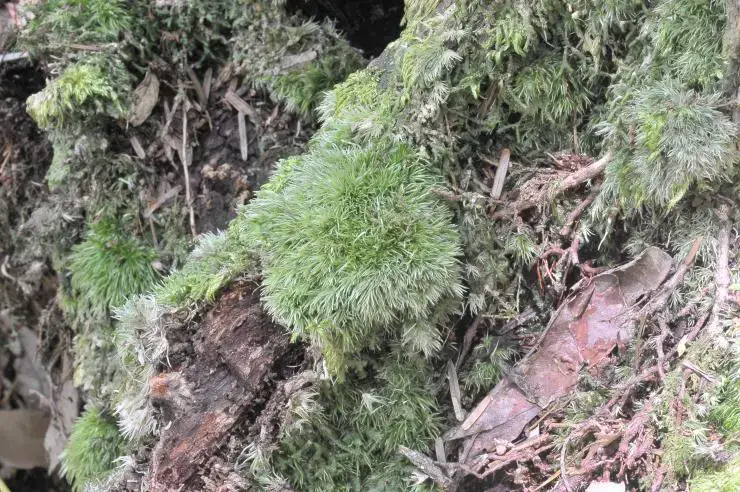
7037e79d418c961c5141889e083833ce.jpg from: https://taieol.tw/muse/digi_object/2355523fe7d6b11d4b7a8ac495911fd7
Exploring the Fascinating World of Brachymenium patulum Moss

SE-4dd2ffd3-3bcf-43ba-aa79-ef44a6c2f33b.jpg from: https://blog.naver.com/PostView.naver?blogId=seon1521&logNo=222014251084&categoryNo=0&parentCategoryNo=0

Brachythecium_campestre_M17176_1590023396.jpg from: https://bryophyteportal.org/portal/taxa/index.php?taxauthid=1&taxon=158098&clid=113
Introduction
Hey moss enthusiasts! Today we’re diving into the captivating realm of Brachymenium patulum (Müll.Hal.) Schimp., a tiny but mighty moss species from the Bryaceae family. This little green wonder, commonly known as just Brachymenium, may be small in stature but it’s big on ecological importance and adaptability. Get ready to geek out on some serious bryophyte biology!

16083595bb6b5297d4932aee5f359826.jpg from: https://openmuseum.tw/muse/digi_object/2355523fe7d6b11d4b7a8ac495911fd7
Background on Brachymenium Moss
Before we get into the nitty-gritty details of B. patulum specifically, let’s cover some moss basics. Mosses are non-vascular plants in the division Bryophyta. They lack true roots, stems, and leaves, instead having structures that serve similar functions. Mosses reproduce via spores rather than seeds and are found in diverse habitats worldwide, from arctic tundra to tropical rainforests.
The Bryaceae is one of the largest moss families, containing over 1,000 species. Members of this family are characterized by their growth form, leaf shape and costa (midrib), and sporophyte features. Brachymenium is a genus within Bryaceae with around 100 species.
Morphology and Identification of B. patulum
Now let’s zoom in on our star species – Brachymenium patulum. This moss forms small tufts or cushions, typically under 1 cm tall. The leaves are ovate-lanceolate with an acute apex. When dry, the leaves become twisted and contorted, a key identification feature.
The seta (stalk bearing the capsule) is reddish-brown and 8-15 mm long. Capsules are ovoid to cylindrical, reddish-brown, and 1-2 mm long. Peristome teeth (structures surrounding the capsule mouth) are well-developed.
Global Distribution and Habitat
B. patulum has a wide distribution, found in Africa, Asia, Australia, Central America, North America, and South America. It grows on soil, rocks, tree bases, and rotting logs in dry to moist forests from lowlands to 2000 m elevation. This adaptable moss isn’t picky!
Ecological Roles and Adaptations
Like other mosses, B. patulum plays important ecological roles:
- Helps retain moisture and prevent erosion
- Provides habitat for micro-organisms
- Pioneers disturbed sites and enriches soil
- Indicator of air quality and environmental health
To survive in its varied habitats, B. patulum has some nifty adaptations:
- Twisting leaves to reduce water loss
- Tolerates dry periods by suspending metabolism
- Grows in dense clumps to retain moisture
- Spores and asexual propagules for dispersal
Brachymenium By the Numbers
| Trait | Measurement |
|---|---|
| Plant height | < 1 cm |
| Leaf length | 1-2 mm |
| Seta length | 8-15 mm |
| Capsule length | 1-2 mm |
| Elevation range | 0-2000 m |
Conclusion
Who knew something so small could be so fascinating? Brachymenium patulum may be an unassuming moss, but it’s a prime example of how bryophytes have evolved to thrive in diverse conditions worldwide. Next time you’re out in nature, take a closer look – you might just spot this mighty moss! What other small wonders have you noticed on your outdoor adventures?